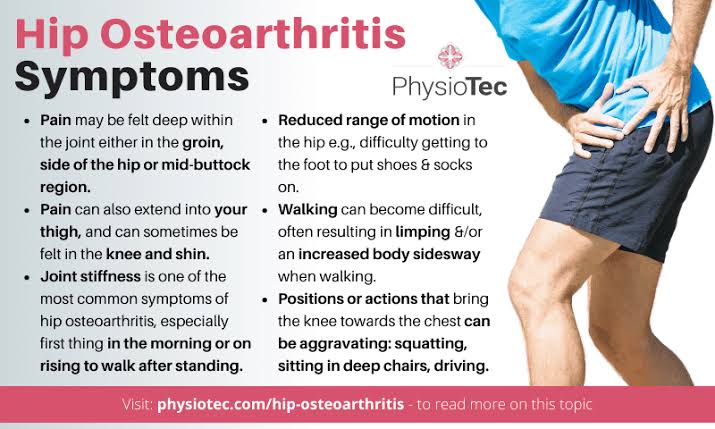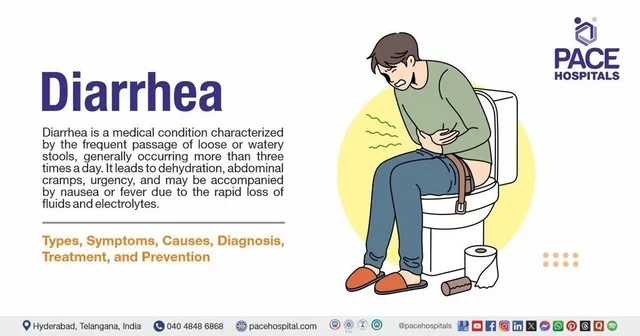
Learn what causes hip arthritis, the main risk factors, and the symptoms that signal it may be time to see a doctor.
🔎 What Causes Hip Arthritis?
Hip arthritis occurs when the cartilage that cushions the hip joint wears down, leading to pain, stiffness, and reduced mobility. Several factors contribute to its development:
Osteoarthritis (wear-and-tear arthritis)
The most common type.
Happens as cartilage naturally breaks down with age.
Rheumatoid arthritis (autoimmune)
The body’s immune system attacks the joint lining, causing inflammation and cartilage damage.
Injuries or Trauma
Past hip fractures or dislocations increase the risk.
Genetics
A family history of arthritis can make someone more prone.
Obesity
Extra weight places more stress on the hip joint, speeding up cartilage wear.
Other conditions
Hip dysplasia, gout, or infections can also lead to hip arthritis.
Symptoms of Hip Arthritis
Hip arthritis usually develops gradually, but the symptoms become more noticeable over time. Common signs include:
Pain in the hip joint (often felt in the groin, thigh, or buttocks).
Stiffness—especially in the morning or after sitting.
Reduced range of motion—difficulty bending, rotating, or moving the leg outward.
Grinding or clicking sensation when moving the hip.
Swelling and tenderness around the joint.
Pain worsening with activity (walking, climbing stairs) and easing with rest.
In advanced cases: limping or needing support when walking.
When to See a Doctor
If you notice persistent hip pain, stiffness, or difficulty walking, it’s important to consult a healthcare professional. Early diagnosis can help manage symptoms and slow progression with lifestyle changes, physical therapy, or medical treatment.
Key Takeaway
Hip arthritis is most often caused by wear-and-tear (osteoarthritis) but can also result from autoimmune conditions, injuries, or genetics. The hallmark symptoms include hip pain, stiffness, and reduced mobility. Recognizing the signs early can make a big difference in treatment and quality of life.






